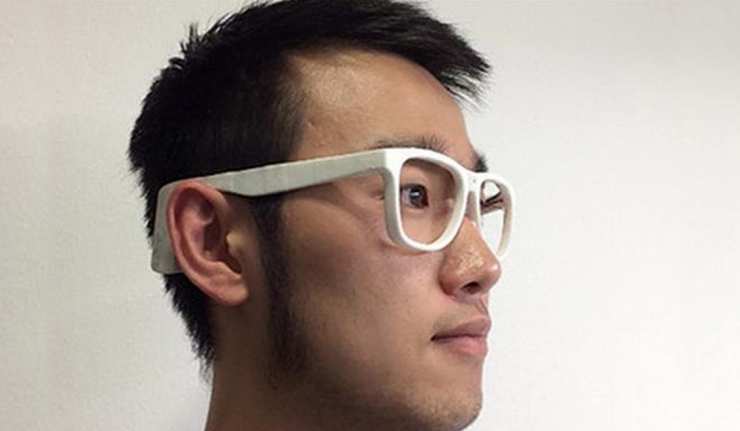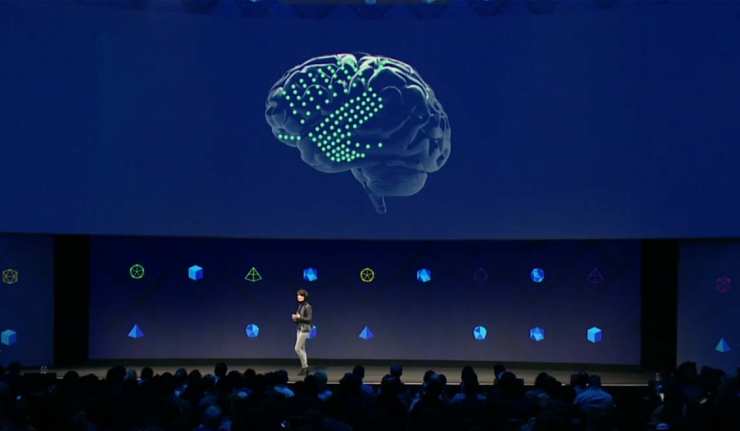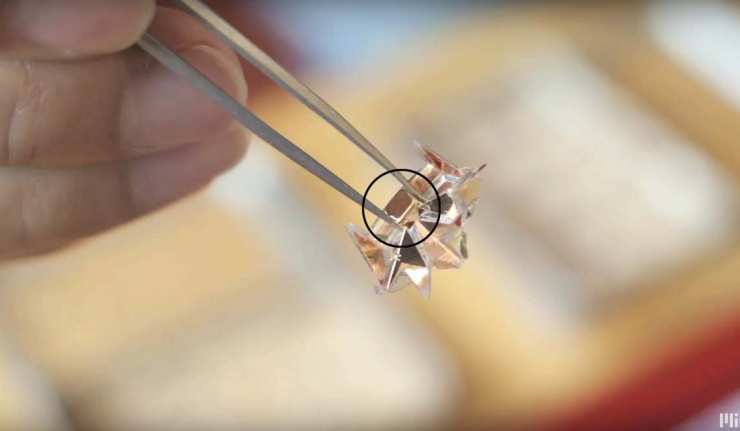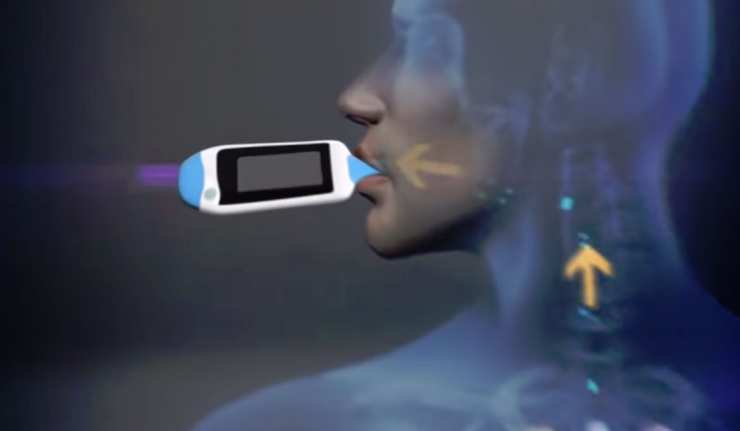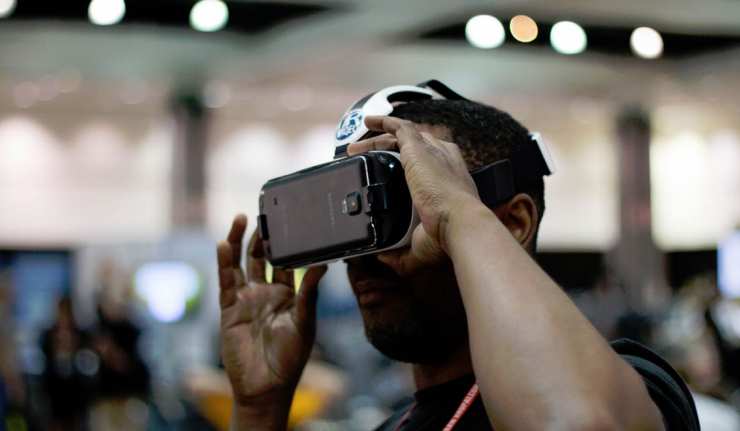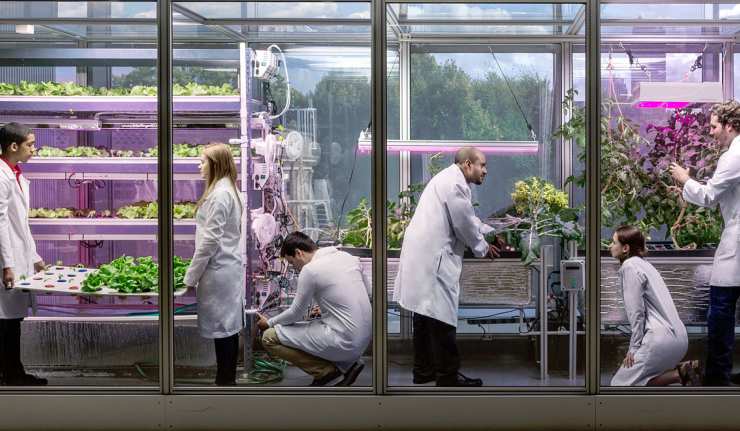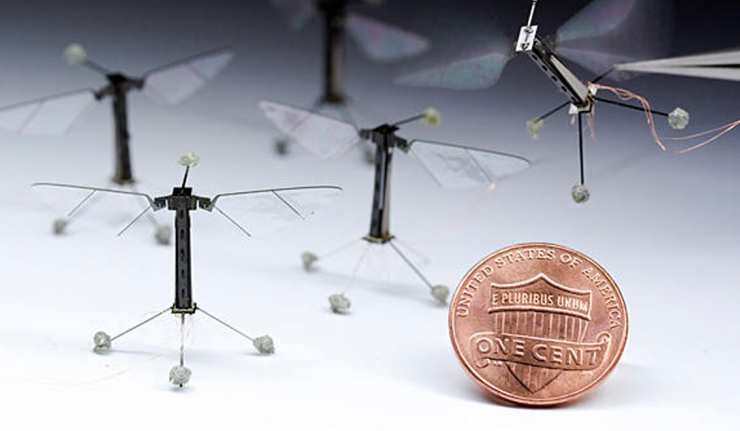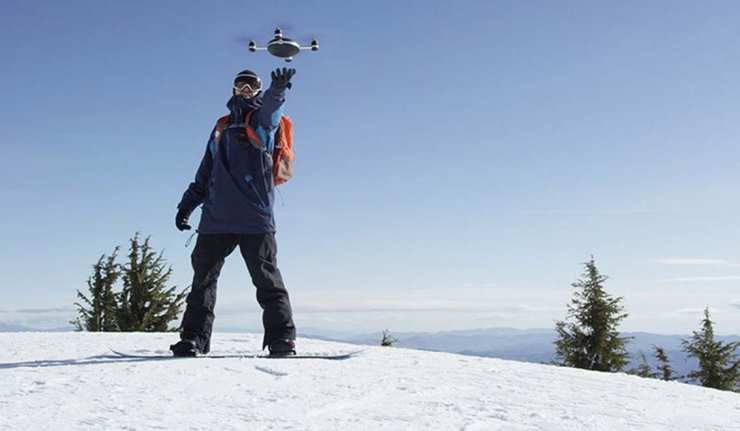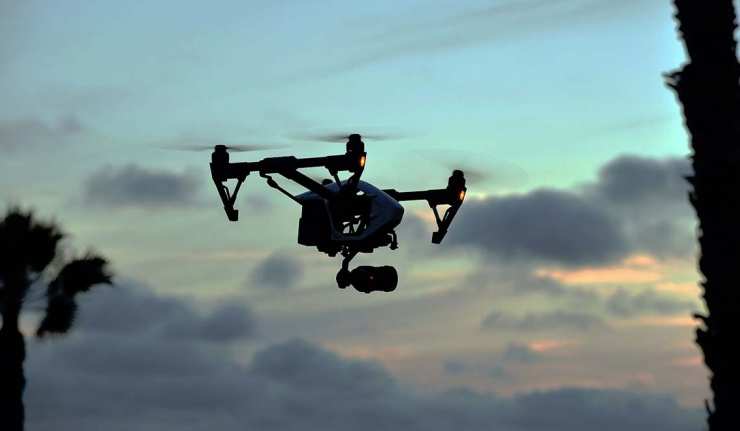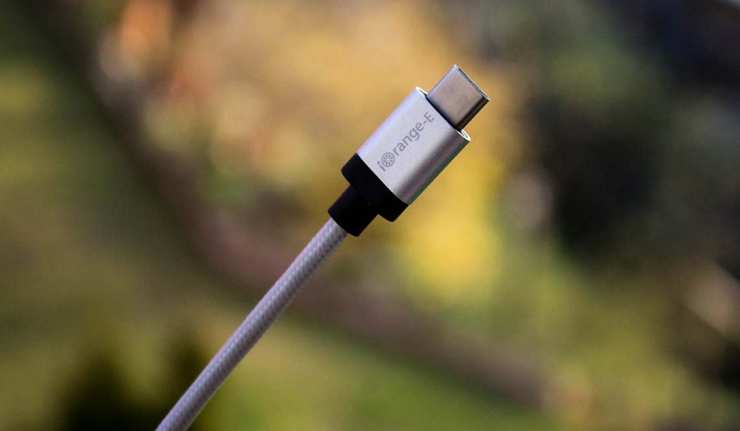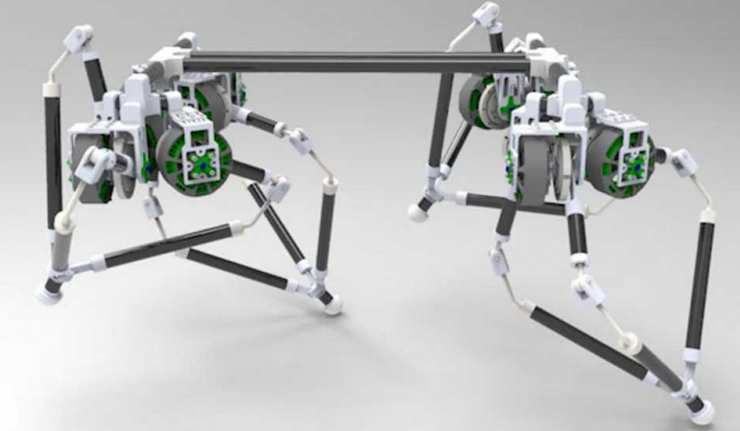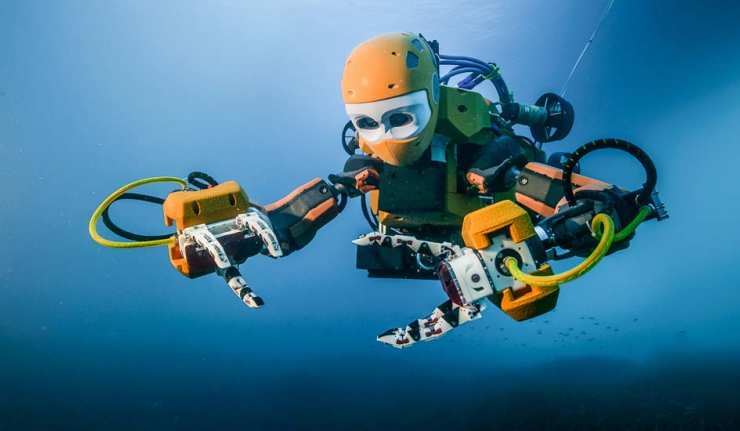Technology
Smart Glasses that Monitor Your Life
Google Glass debuted on April 4, 2012, with a warm reception that slowly waned by January 2015. The project did not shut down altogether, but was moved to its own department and is still available through the Glass at Work program. So why did Google Glass do so poorly? Some reasons include safety concerns, there was no real progress after the beta stage and no clear function.
Wearable ‘Snap’ Aims to Help Autistic Adults With Anxiety
The past few years have seen innovators, scientists and tech-developers take an interest in, more than just designing games and apps for entertainment, but bettering the quality of life of humans and the world they live in by employing newer techniques in healthcare, technology, business, etc.
Facebook on the Verge of Brain-Computer Interface To Let You Type With Your Mind
Facebook has finished running F8, their annual conference where they explore the potential technologies of the future. Many of us have been waiting for some pretty exciting revelations as to where they see the company heading in the future and as usual, they did not disappoint.
A Very Brief Introduction to Quantum Computing
Quantum computers represent a massive leap forward for computing capabilities, essential in this modern age where so many of our daily activities rely more and more heavily on our computers and the information we expect them to store. All this requires significant computing power which our standard computers are now struggling to provide.
Bio-friendly, Ingestible Origami Robot
Kids accidentally swallow inedible objects a fair number of times and parents reflexively panic hoping for it to pass through the body soon and not get caught in the esophagus or gut, the waiting raising their anxiety levels! The United States records about 3,500 cases every year of hazardous button batteries, found in toys, watches etc, that are being ingested resulting in a detriment to the consumer’s health like chemical burning of tissues and sometimes even death.
An Artificial Cancer Smelling NA-NOSE
Diagnostic tests, although vastly improved in the recent years, seldom identify abnormalities in the body early enough (usually beneficial only in later phases) in order to employ appropriate treatment options and care. Apart from this major issue, challenges such as slow processing, false-negatives, high costs and side effects, pose an incredible danger to patients with life-threatening conditions, who require quick turnover periods.
Meet Jill: the AI Teaching Assistant who never misses a beat
There’s been an explosion in online courses recently, with many top colleges and universities offering students all over the world the opportunity to study with the, no matter where they might live in the world and what time of day they have time to attend lectures.
Cognitive Rehabilitation with Virtual Reality
It’s hard to believe that virtual reality has been around since the 1950s. The public wasn’t aware until the 1990s, but the technology was pioneered by cinematographer Morton Heilig. Wanting to stimulate audiences and draw them into the story, he and his partners developed the Sensorama in 1960. The single person unit was equipped with stereoscopic displays, odor emitters, stereo speakers, and a movable chair. Though a technologically ambitious, the business couldn’t sustain itself.
Open Source Agriculture and Food Computers: The Future of Food Production
The future of humankind is dependent on the ability to overcome one of the greatest challenges it is currently facing: sustainability. Whilst the challenge is clear, the path to a successful sustainable food system is not. One question is to what degree technological development can influence the food production chain.
Insect-Inspired ‘RoboBees’
Class Insecta consists of the largest number of species in the world with over 1 million documented types, and they seem to have roused humans and their research owing to the insects’ extraordinary competence while maintaining body weight-balance and mid-flight control due to their natural anatomy. The wings flutter at a high frequency, approximately 120 times/min, allowing them to easily fly with a great momentum and dodge obstacles in their path, simultaneously. Besides this, with their miniature yet strong build achieve a multitude.
Lily Camera: The Future ‘Selfie’ Video Technology for Outdoors
With the fast development of mobile embedded photo and video cameras, the demand for high quality self-operated image acquisition devices has also increased, imposing additional requirements to the future technology: we want an automated device, which follows us outdoors and continuously focuses on us no matter which activities we perform (e.g. sports). That is what Lily Camera actually does, currently in beta testing development stage, and expected to reach the market during the summer of 2016.
Automated Drones: Fusing Nature and Technology
Watching birds and bees in slow-motion flight is like witnessing an impressive display of aerial ballet – they are capable of acrobatic manoeuvres, swooping past obstacles and correcting their flight path with ease.
Intel ThunderboltTM 3 technology: The USB-C That Does it All
Intel introduced the new version of Thunderbolt technology at the Computex Taipei 2015, and it seems to be the new trend in the peripheral connection market, as the big computer industry has already adopted it on a large scale.
GOAT: The Future of Robotics, Inspired by Nature
In the future, it is anticipated that robots may have to traverse some pretty inhospitable terrain, either to clear a war-torn region of landmines or scope out a location on Mars for a potential landing site. Many robots designed for remote work are either wheeled or have tracked systems. Whilst this is obviously an advantage for stability, problems arise when the robot encounters any sort of challenging terrain such as steep, potentially unstable rocks.
Meet Ocean One: The Humanoid Robot Exploring Our Oceans
When you think about deep-sea exploration, the first image that might well pop into your head is a Remotely Operated Vehicle (ROV) unmanned and plunging its way down to the depths of the ocean. There is still so much left to discover about our oceans, with NOAA (National Oceanic and Atmospheric Administration) suggesting that we have explored less than 5% of our oceans.
Smart TV and Dangerous Minds
Cable TV companies are prohibited by law, from selling information about the viewing habits of their customers. The makers of Vizio televisions took the risk to surreptitiously collect details on viewers’ watching habits and was subsequently fined $2.2 million by the Federal Trade Commission.
Pages
- « first
- ‹ previous
- 1
- 2
- 3

